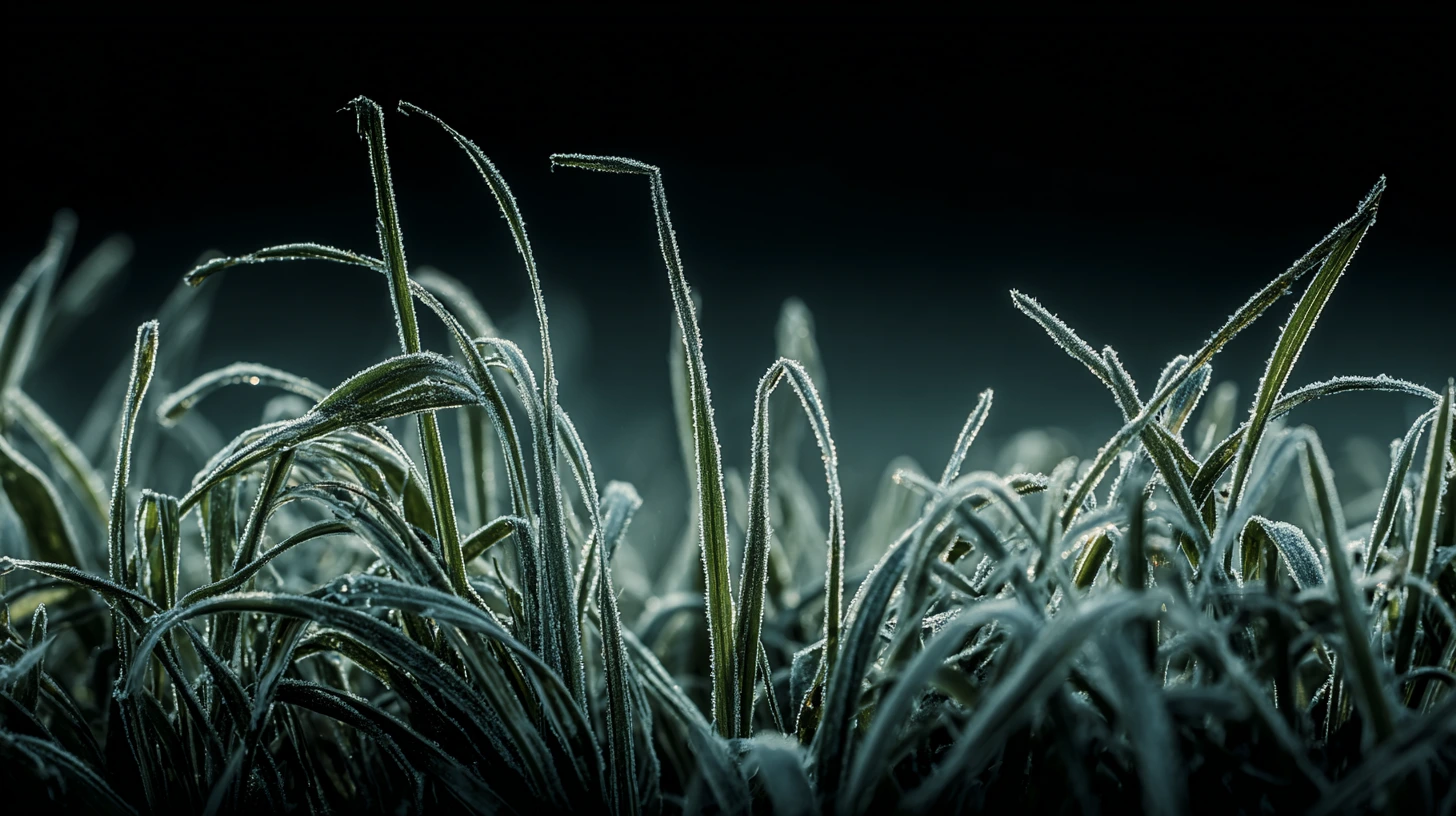Controlling Bermuda Grass in NY Lawns: ID & Removal

Learn expert tips for identifying and eradicating rare Bermuda grass in NY lawns using cultural methods and NY-compliant treatments.
Controlling Bermuda Grass in NY Lawns: ID & Removal
Introduction
Ever notice a wiry, low-growing patch creeping across your cool-season turf? Your first thought might be crabgrass, but sometimes warm-season Bermuda grass sneaks into New York lawns--rare, but not impossible. Smartphone ID apps can mislabel crabgrass or quackgrass as Bermuda, leading you down the wrong path. While true Bermuda grass usually succumbs to cold winters, warm microclimates near foundations, driveways, or south-facing slopes can let it soldier on. As a seasoned turf coach who's patched more than my fair share of lawns, I'll show you how to confirm if it's really Bermuda grass in NY, share cultural methods to pull it back, and walk you through NY-compliant chemical options when you need extra firepower. By the end, you'll have a solid action plan to keep your bluegrass and fescue thriving, and that unwanted warm-season grass out of your yard.
Why Bermuda Grass Appears in NY Lawns
Bermudagrass (Cynodon dactylon) is a top competitor in southern landscapes, but up north it's generally an oddball. You'll most often find it in spots with:
Contaminated sod, seed, or soil mix from southern suppliers
Warm microclimates next to foundations, blacktop, or reflective structures
Dry, compacted soils that stress cool-season turf
Even if you spot a few runners, remember that true Bermuda grass in NY is extremely rare. Most infestations are misdiagnosed, costing you time and effort on the wrong treatments.
How to Identify Bermudagrass vs. Lookalikes
Accurate Bermudagrass identification is half the battle. Focus on these key traits:
Stolons, Rhizomes and Growth Pattern
Above-ground stolons and below-ground rhizomes create a dense, creeping mat.
Pull a clump; if it snips off runners easily, you're likely looking at Bermuda.
Leaf Characteristics
Blade width: narrow (1-4 mm), compared to crabgrass's wider leaves.
Texture: smooth or slightly hairy; blades often fold in the bud.
Ligule and Seedhead
Ligule: a short fringe of hairs (no flat membrane).
Seedhead: in midsummer, you'll see 3-5 slender spikes radiating from one point.
Common imposters:
Crabgrass: annual, wider blades, and fuzzy-looking seedheads.
Quackgrass: has auricles (clasping appendages) at the leaf collar (Cornell Weed ID).
If you're still unsure, snap clear close-ups of the ligule and seedhead and compare them to university extension photos.
Ready to transform your lawn?
Get personalized AI guidance for the perfect lawn. Download Grassmaster Gus now!
Cultural Control Methods for Bermuda Grass
If you catch it early, cultural tactics can keep Bermuda grass in check without chemicals.
Mowing Height and Frequency
Set your mower to 3.5-4 inches for cool-season turf--this shade slows Bermuda's sun-loving growth.
Regular mowing (once a week) removes stolon tips before they root.
Overseeding and Soil Prep
Aerate compacted areas in early fall to improve seed-to-soil contact.
Overseed bare or thin spots with a mix of Kentucky bluegrass and fine fescue at about 6-8 lbs per 1,000 sq ft.
Water lightly but frequently until seedlings establish--then transition to deeper, infrequent watering.
Fertilization Timing
Skip heavy nitrogen in summer; it feeds Bermuda and weakens cool-season grass.
Aim for 1 lb N per 1,000 sq ft in fall (September-October) to bolster turf before winter.
Chemical Control Options (NY Regulations)
When cultural control isn't enough, selectively applied herbicides can help. Always verify NYS DEC restrictions before you spray.
Non-Selective Herbicides (Glyphosate)
Spot-spray dense Bermuda patches--avoid drift onto desired turf.
Wait 7-10 days post-application before reseeding or sodding.
Maintain a 20 ft buffer from water bodies (or 10 ft with vegetative cover).
Selective Post-Emergent Products
Herbicides containing fenoxaprop, fluazifop, or triclopyr focus on grasses and spare most broadleaves (Purdue Turfgrass Science). Note:
Multiple applications (4-6 weeks apart) may be required.
Many are labeled "professional use only" in NY--homeowners should check product labels or hire a licensed applicator.
Don't treat cool-season turf outside Bermuda's active window (late June-early August).
Safety and Compliance
Always wear gloves, long sleeves, and eye protection.
No fertilizer or herbicide use from Dec 1 to Apr 1 in NY.
Prevent runoff--avoid applications before heavy rain.
Preventing Bermuda Reinfestation
Knocking out existing plants is just the start. Keep Bermuda from bouncing back by:
Maintaining a strict mowing and watering regimen.
Topdressing thin areas with a light layer of compost each spring.
Repairing any new bare spots immediately with quality seed.
A proactive lawn is a Bermuda-free lawn.
When to Call the Pros or County Extension
If you've got a widespread infestation or you're uncertain about regulations:
Reach out to your county extension office--many offer free weed diagnostics.
Consider a licensed turf professional for spot treatments and follow-ups.
Ask about integrated weed management plans tailored to your property.
Conclusion
True Bermuda grass in NY lawns is a tough but manageable opponent. Nail the ID--focus on stolons, ligules, and seedheads--then lean on cultural champions like higher mow heights, fall overseeding, and proper fertilization. If you need extra help, use NY-approved herbicides carefully and always follow label directions. A robust cool-season turf is your best defense against that warm-season invader. Roll up your sleeves, stick to the plan, and you'll have a thick, healthy lawn that leaves Bermuda grass out in the cold.
Transform Your Lawn with AI-Powered Care
Join thousands of homeowners achieving their dream lawn with personalized guidance from Grassmaster Gus.
- AI-powered lawn analysis
- Personalized care schedules
- Expert advice 24/7
- Track lawn progress
